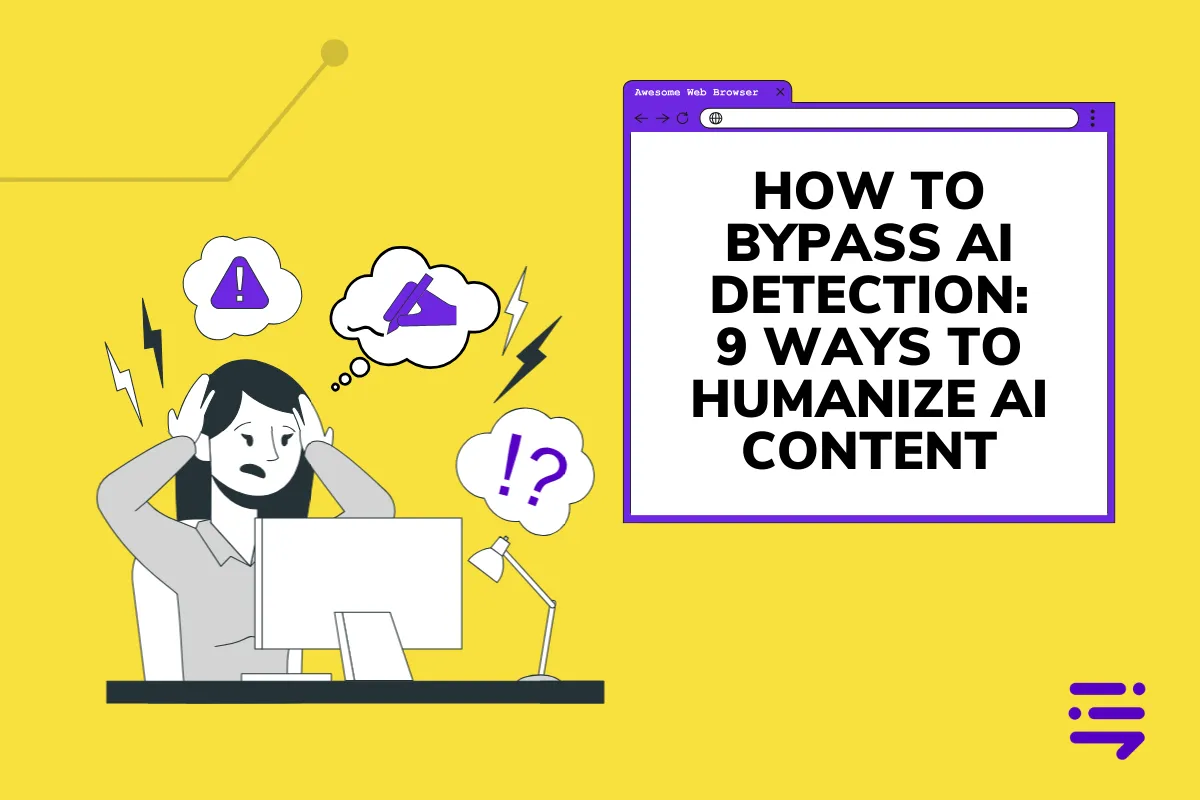Heading
In the rapidly evolving digital age, Artificial Intelligence (AI) has become a pivotal tool for many, assisting in learning, working, and notably, in generating articles and blog posts. However, as AI’s capabilities burgeon, so does the scrutiny of its output. Many platforms have begun implementing AI detection tools to review and moderate content. This has sparked a debate among experts about the accuracy of AI detection and its implications for Search Engine Optimization (SEO). Despite some claims that AI detection inaccuracies won’t impact SEO significantly, the reality is starkly different. The advancement in AI detection technology is remarkable, leading to an increasing number of AI-generated contents being flagged and deemed as “non-authentic” by search engines like Google. Moreover, students have faced academic penalties for submitting AI-generated work.
Before diving into how to “humanize” AI text, it’s crucial to understand the mechanism behind AI detection. AI models, particularly those based on the transformer architecture, generate text by predicting sequences of words that mimic human writing. Despite their intention to replicate a vast array of human samples, the technology’s inherent characteristics mean the generated content still adheres to probabilistic patterns. AI’s distinctiveness and style are yet to perfectly emulate human nuances. Leading AI detection tools like Copyleak and Turnitin have become adept at identifying AI-generated content, even to the extent of evaluating it sentence by sentence.
How to Humanize AI Text
Given the advancements in AI detection, the question arises: how can we humanize AI text? Here are three strategies:
- Human Rewriting: One of the most effective methods to humanize AI text is through human intervention—altering each sentence’s vocabulary or grammatical structure to disrupt the probabilistic distribution and original AI characteristics. This process involves creatively rephrasing or restructuring sentences to add a human touch, making the content less predictable and more nuanced.
- Injecting Personal InsightsAI-generated content often lacks depth, making it easily identifiable. To counter this, integrating your thoughts, viewpoints, and real-life examples can significantly enrich the content. This not only adds a layer of complexity that AI struggles to replicate but also provides a unique perspective that resonates more with human readers. Personal anecdotes, professional insights, or even humor can transform an otherwise flat piece into something engaging and relatable.
- 3. Utilizing Tools Like aiundetect.com:For those seeking a more straightforward approach, tools like aiundetect.com offer a solution. Designed to tackle the principles of AI detection, this tool assists in obscuring the AI characteristics of a text. By analyzing and modifying the content based on detection algorithms, it ensures the rewritten text diverges from typical AI patterns, thereby enriching the content and making it more “human.”
Conclusion
As AI continues to shape the landscape of content creation, the challenge of humanizing AI text becomes increasingly pertinent. Whether through manual rewriting, adding personal insights, or utilizing specialized tools, the goal remains the same: to produce content that resonates with human experiences and emotions. By embracing these strategies, creators can navigate the complexities of AI detection,


